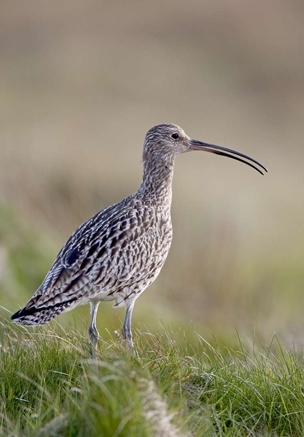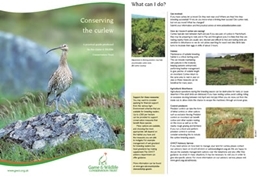 There are 300 curlew Numenius arquata nests south of Birmingham. They are slipping away unnoticed. Some consider them our highest priority bird species, but in just eight years they are expected to become extinct in southern England.
There are 300 curlew Numenius arquata nests south of Birmingham. They are slipping away unnoticed. Some consider them our highest priority bird species, but in just eight years they are expected to become extinct in southern England.
These once common, and much loved birds, illustrate our folly of relying on legal protection and directing farmers and landowners to undertake conservation measures that have proved ineffective at halting loss.
This website aims to inform those people that would like to take further action to try and ensure curlew thrive on their land.
Does anyone have all the answers?
Far from it but for those that wish to take action on their land we have collated and summarised all the available evidence. Our priorities on this website are:
- Highlight to those that have curlew on their land – how special and important these last nests are
- Through wider awareness – encourage landowners to note nest locations (and share that knowledge with us if they wish)
- Through general observation – encourage reporting of fledging success or failure
- Providing practical advice both online and on the ground
- Promote an open and honest discussion about predators - which predators should be controlled and the level of control required
- Inform the design of future farmland conservation measures – flexible, effective and practical
- Promote compensation for crop loss on farms that do produce curlew chicks
So why not start with more research?
More research is vital but with only eight years left we will also need to take action now rather than monitor extinction. We may not have all the answers but it is agreed that current declines are driven by the lack of chick survival, not adult losses. The primary driver of that loss is predation.
Why is local action so important?
None of the large conservation organisations are funding curlew recovery projects in the south of England – it was agreed at a recent curlew conference that it would now be down to local action to save them. This prompted the Game & Wildlife Conservation Trust (GWCT) to launch Action for Curlew - to support:
- active management advice
- collaboration and information
- specialist advice on the ground
- promote wider discussion
Is saving curlew just about predator control?
No. Predator control is important but first curlew will need:
- dry nesting areas and
- wet foraging areas for adults to feed in
- insect rich grassland for chicks in the spring and summer
- in the winter habitat - curlew migrate to our coastline
Conserving the curlew - get your free 8-page guide
Simply enter your email address below to download your essential free guide.
 What's inside your FREE guide
What's inside your FREE guide
✓ Introduction - a species in decline
✓ Pressures on breeding
✓ High levels of nest and chick predation
✓ Agricultural nest destruction
✓ Breeding curlew facts
✓ What can I do?
✓ Summary & key points
Download now >